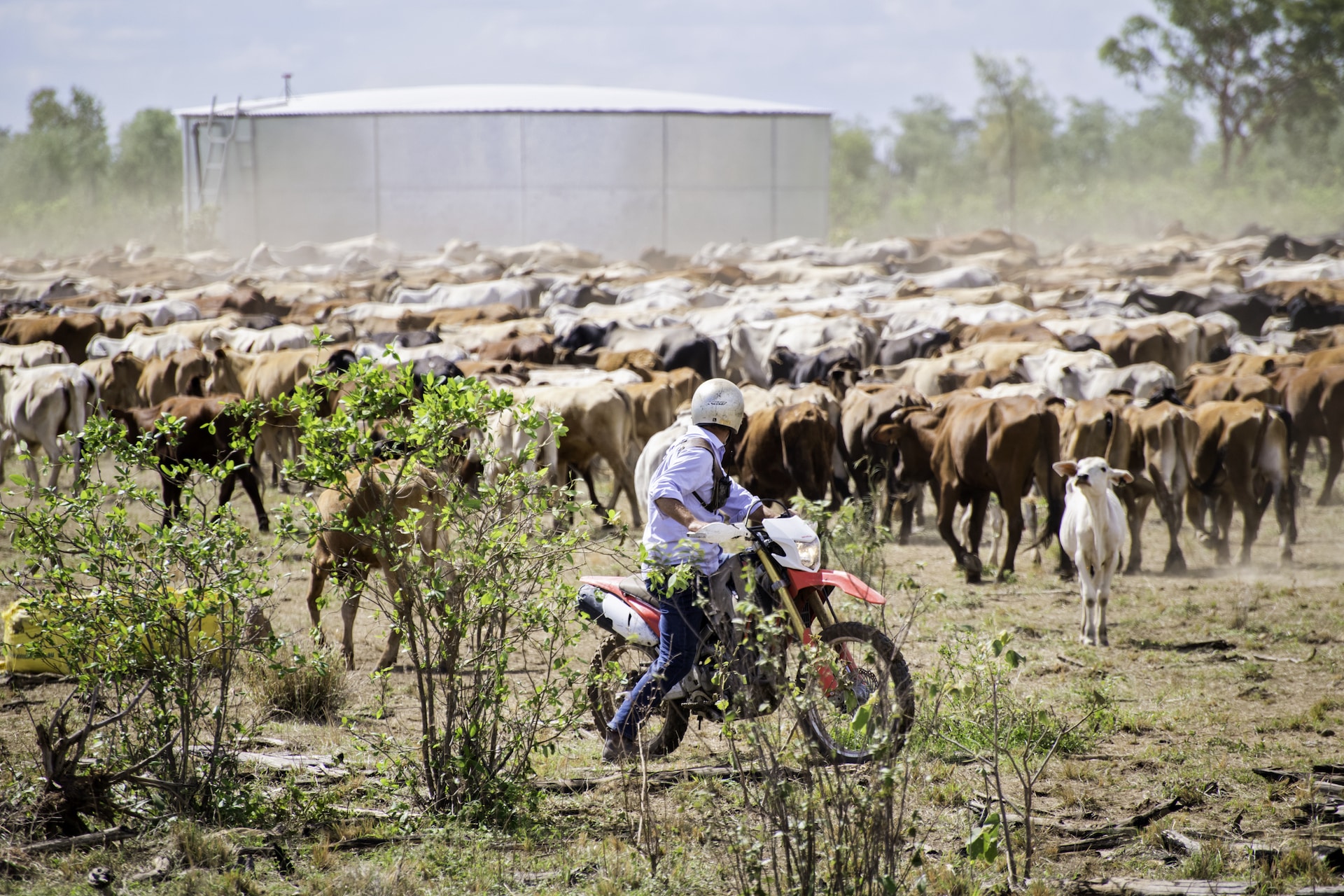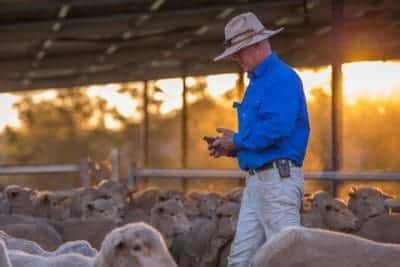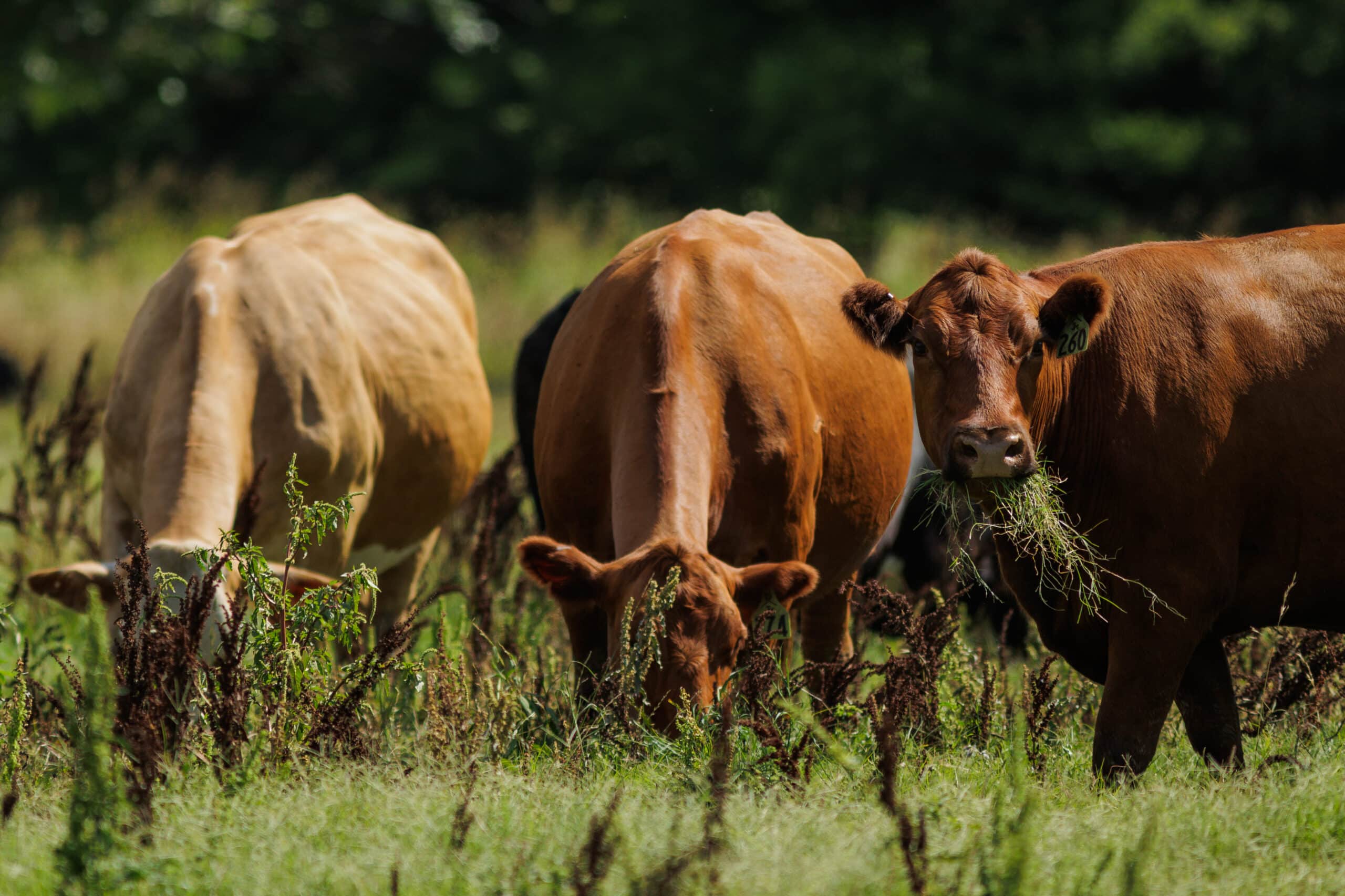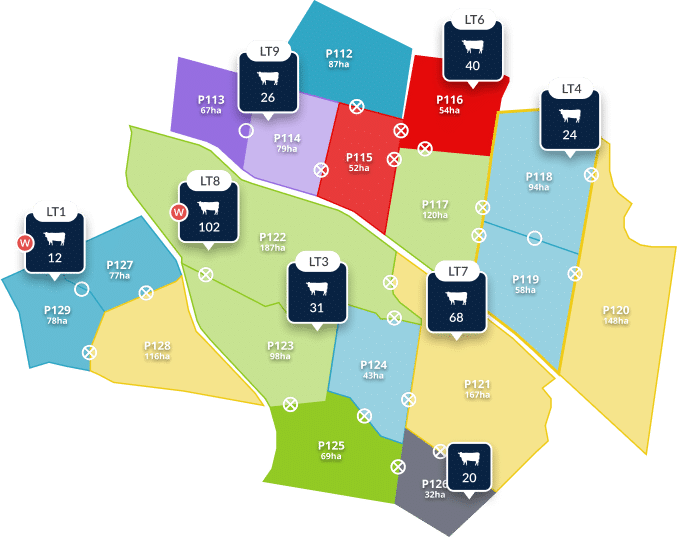What is feed on offer (FOO), and how does it impact your farm’s success?
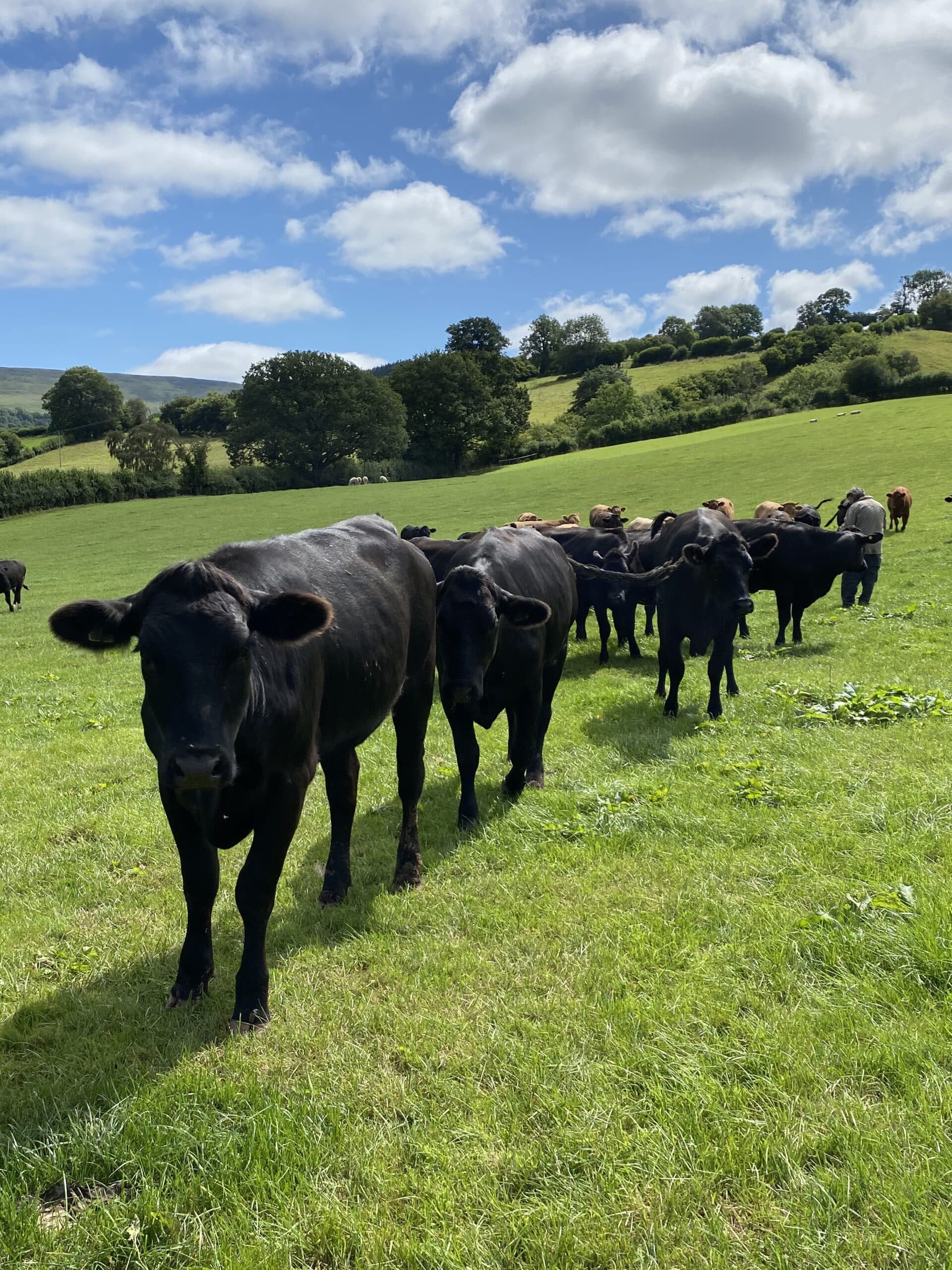
As a cattle or sheep farmer, you’re likely familiar with managing pastures and monitoring grazing. But when it comes to maximising both livestock performance and pasture health, one key metric stands out: Feed on Offer, or FOO. Understanding FOO can be transformative in managing pasture quality, optimising livestock nutrition, and ultimately driving business success. So, let’s dive into what FOO is, how it’s measured, and why it’s important.
What is feed on offer (FOO)?
Feed on Offer (FOO) refers to the amount of available feed or pasture mass on a given area at any time. FOO is typically measured in kilograms of dry matter (DM) per hectare (kg DM/ha) and represents the total digestible feed available to livestock at a specific point. This measurement considers all the pasture, including grass, legumes, and other forage types, that livestock can consume.
FOO is not just about volume; it also includes feed quality. Knowing the quality and quantity of FOO helps you determine if your pastures are offering enough energy and nutrients for your livestock.
Why is feed on offer important?
- Better livestock nutrition and productivity
- FOO directly impacts livestock weight gain, milk production, and reproductive performance. Grazing animals consume more efficiently and gain weight more consistently when they have access to the right quantity and quality of feed.
-
-
By understanding FOO, you can balance forage intake with livestock needs. This ensures your animals receive the proper amount of energy and protein, minimising nutritional deficits that can slow growth or reduce reproductive success.
-
-
- Improved pasture management
-
- Knowing FOO allows you to optimise grazing rotations and avoid overgrazing. Overgrazed pastures can result in soil degradation, weed encroachment, and overall reduced productivity.
-
- By tracking FOO regularly, you can establish grazing strategies that allow pasture regrowth, maintain plant diversity, and preserve soil structure. This boosts long-term pasture sustainability, keeping your land productive for years to come.
- Cost savings on feed and supplements
-
- When you accurately monitor FOO, you gain clarity on whether natural pasture meets livestock needs or if you need to supplement with hay, silage, or grain.
-
- During low FOO periods, proactive supplementing can prevent underfeeding. But when FOO is adequate, you can avoid unnecessary expenses on supplemental feed, keeping your operating costs lower and improving your margins.
- Informed decision-making for stocking rates
-
- FOO data is essential for setting and adjusting stocking rates, which is critical for balancing forage supply with animal demand.
-
- Matching stocking rates to FOO optimises pasture use and minimises the risk of overgrazing or underutilising land, leading to more predictable livestock performance and better financial outcomes for your farm.
- Improved drought and seasonal management
-
- Understanding your FOO levels during changing seasons and dry periods can help you more effectively manage your pasture availability. By knowing how much feed is available, you can anticipate shortages and take early steps, such as reducing stocking rates or sourcing alternative feeds. You can check out our drought resiliency guide here for more tips and tricks.
Measuring FOO: tools and techniques
- FOO can be measured using several techniques. Here are a few common approaches that might work for you:Visual assessment: Some farmers use experience and visual inspection to gauge FOO. However, this approach can be less accurate without extensive knowledge and practice.
- Pasture metre or rising plate metre: These tools allow you to measure pasture height and estimate FOO based on density. They provide more consistency than visual assessments.
- Satellite imagery and drones: Modern technology offers a more precise way to assess FOO over large areas. Satellite imagery and drones provide visual data that can be analysed to estimate FOO levels. Though more costly, these technologies are increasingly accessible and give a detailed overview of feed across your entire farm. Cibo labs is a great example of a company leading the way in remote pasture monitoring. Their technology integrates with AgriWebb to auto populate feed on offer.
- Cut-and-weigh method: This traditional method involves cutting a sample of pasture, drying it, and weighing the dry matter. While time-consuming, it’s highly accurate and useful as a benchmark for other measurement tools.
To get the best results, FOO data should be used in an ongoing, adaptive management plan. Here are a few ways to put FOO information to practical use:
- Set FOO targets: Define FOO benchmarks that align with your livestock’s growth or production targets. These benchmarks will help you gauge whether pasture availability is sufficient or if adjustments are needed.
- Adjust grazing schedules: Use FOO levels to inform the timing of livestock movement across paddocks. Implement rotational grazing systems based on FOO data to prevent overgrazing and allow for pasture recovery.
- Plan feed budgets: Budget for supplemental feed needs based on anticipated FOO shortages during low-growth seasons. This preemptive approach minimises feed costs and ensures livestock nutrition remains uninterrupted.
- Adapt stocking rates: Regular FOO measurements can guide stocking rate adjustments, so you’re neither over- nor understocked, based on available feed.
Understanding and managing FOO can bring numerous benefits: healthier livestock, better pasture management, cost savings, and resilience against seasonal challenges. When you measure and monitor FOO, you can make informed decisions that lead to a more profitable, sustainable, and resilient farm.
To learn more about measuring FOO or how you can incorporate it into your grazing management, download our grazing guide or watch this webinar.
